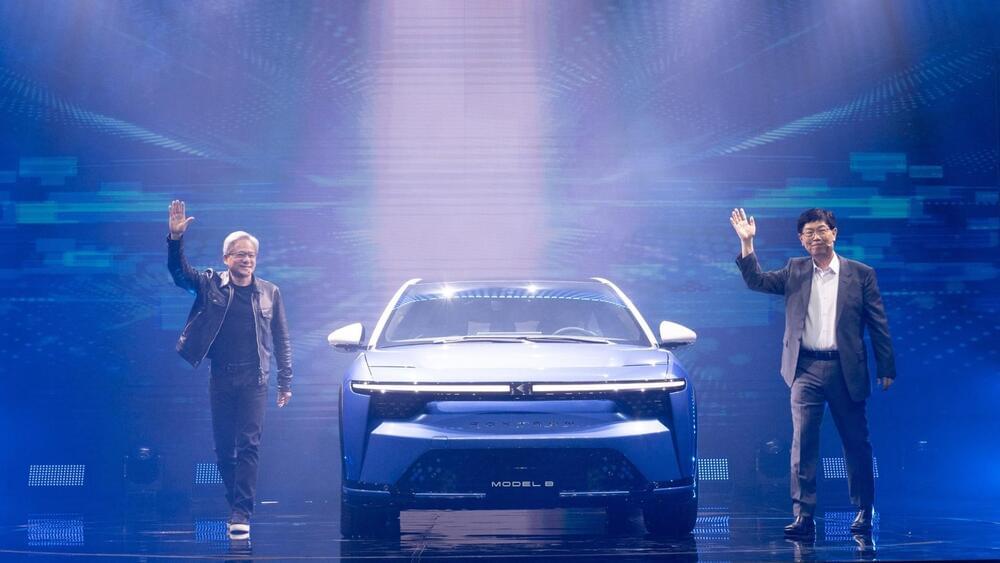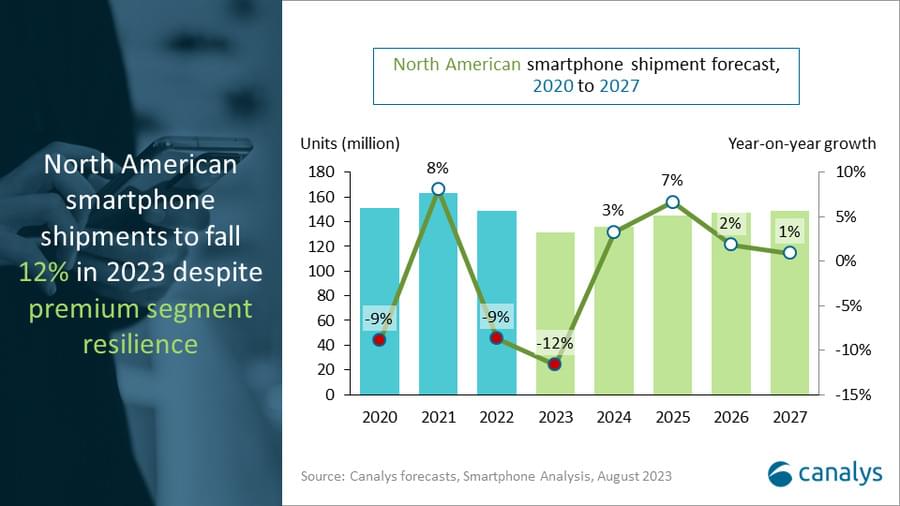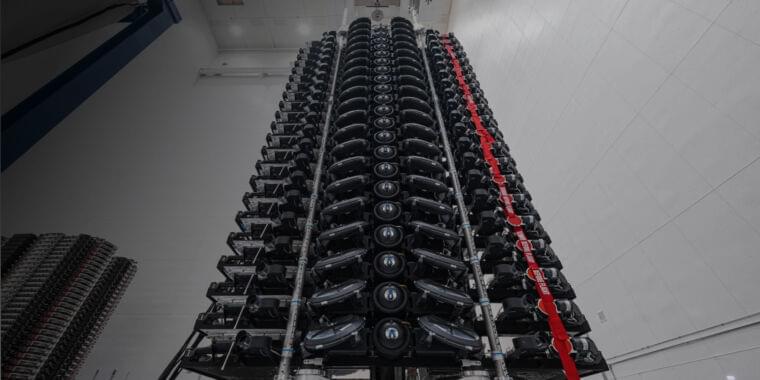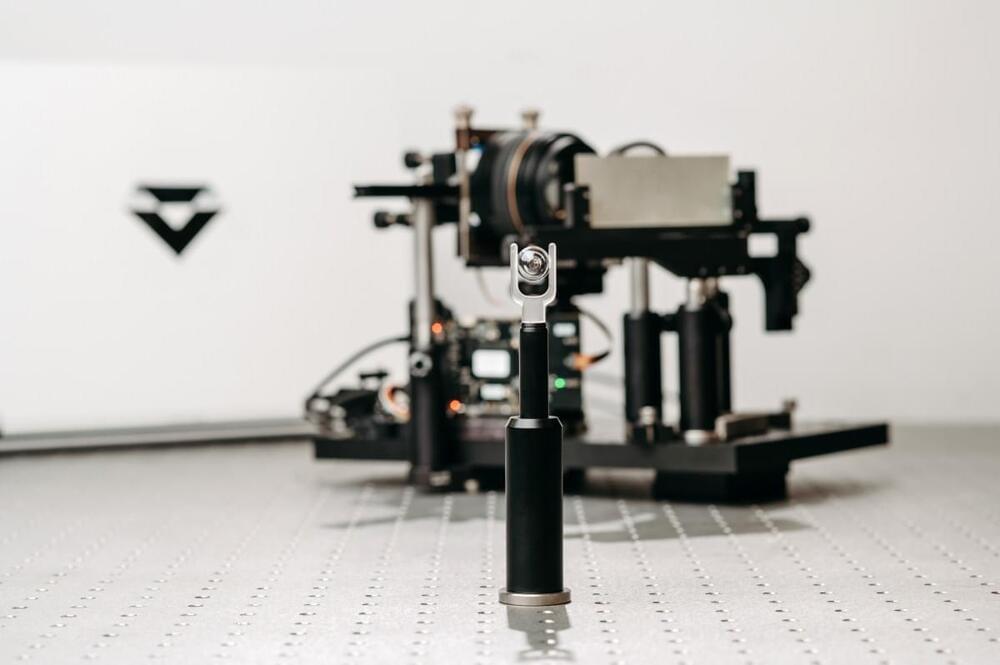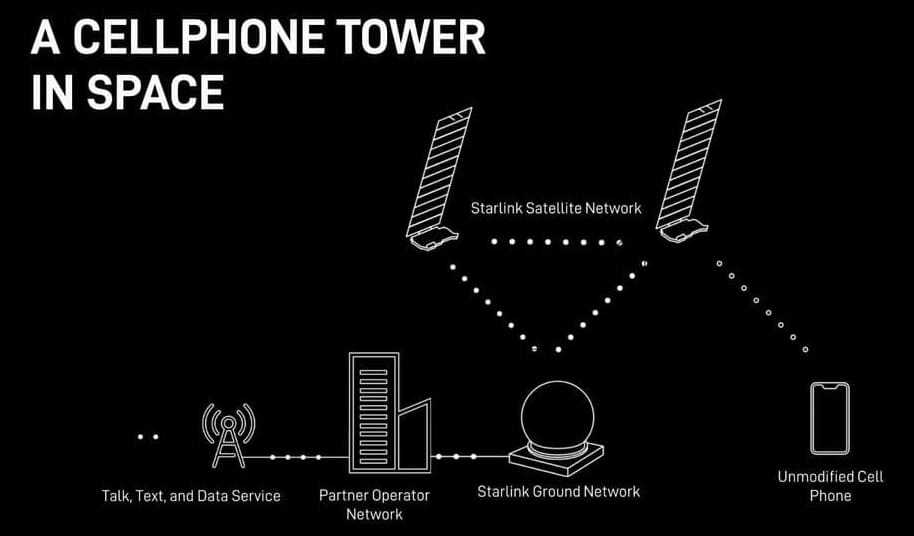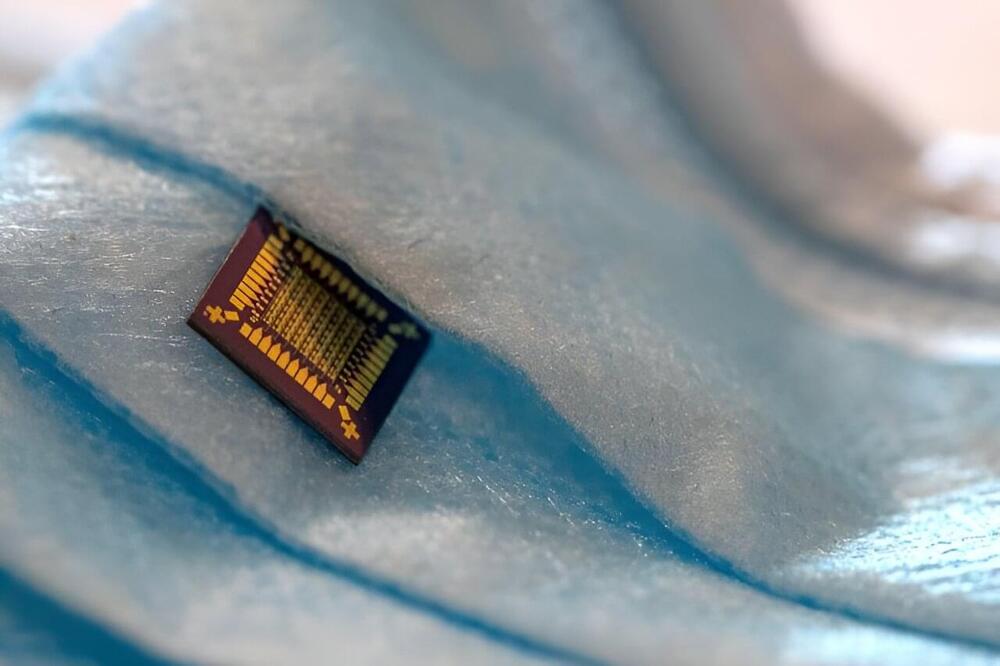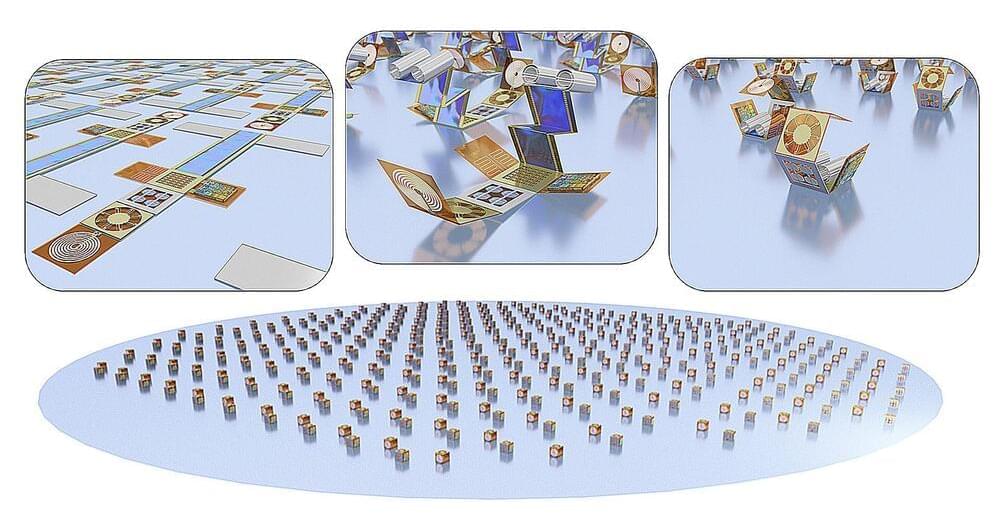Oct 21, 2023
NVIDIA and Foxconn partner up to build ‘AI factories’ for future EVs
Posted by Gemechu Taye in categories: mobile phones, robotics/AI, sustainability, transportation
This also means faster robotics and self-driving cars.
Foxconn, the largest producer of iPhones, is joining hands with the biggest chipmaker in the world, NVIDIA, to develop artificial intelligence factories that will power a range of applications like self-driving cars, more generative AI tools, and robotic systems, said a press release.
Dubbed AI factories, they are data centers that will power a wide range of applications, including the digitalization of manufacturing and inspection workflows, the development of AI-powered electric vehicle and robotics platforms, and language-based generative AI services.
